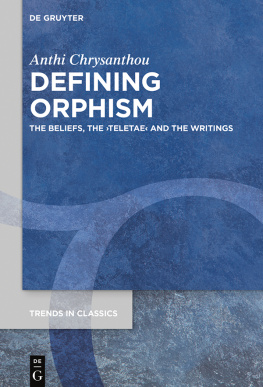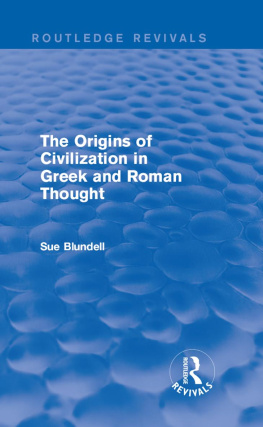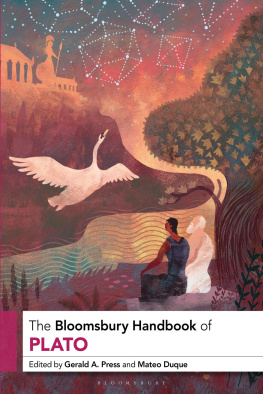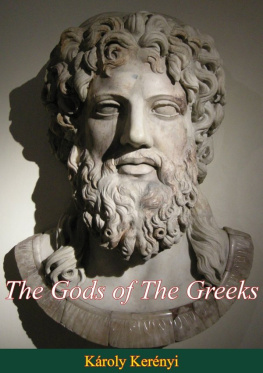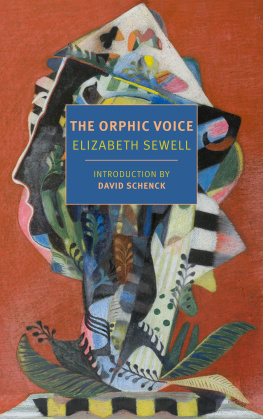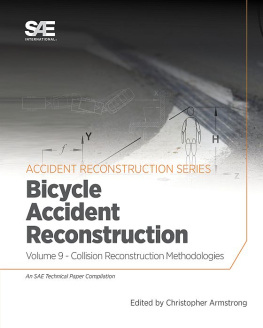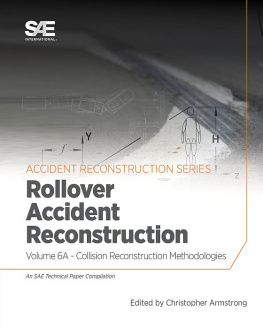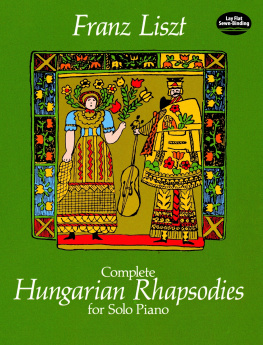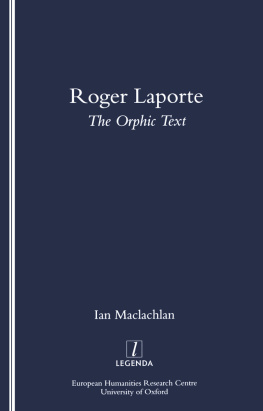Contents
Guide

Anthi Chrysanthou
Defining Orphism
Trends in Classics Supplementary Volumes

Edited by
Franco Montanari and Antonios Rengakos
Associate Editors
Stavros Frangoulidis Fausto Montana Lara Pagani
Serena Perrone Evina Sistakou Christos Tsagalis
Scientific Committee
Alberto Bernab Margarethe Billerbeck
Claude Calame Jonas Grethlein Philip R. Hardie
Stephen J. Harrison Stephen Hinds Richard Hunter
Christina Kraus Giuseppe Mastromarco
Gregory Nagy Theodore D. Papanghelis
Giusto Picone Tim Whitmarsh
Bernhard Zimmermann
Volume 94

ISBN 978-3-11-067839-0
e-ISBN (PDF) 978-3-11-067845-1
e-ISBN (EPUB) 978-3-11-067853-6
ISSN 1868-4785
Library of Congress Control Number: 2020932271
Bibliographic information published by the Deutsche Nationalbibliothek
The Deutsche Nationalbibliothek lists this publication in the Deutsche Nationalbibliografie; detailed bibliographic data are available on the Internet at http://dnb.dnb.de.
2020 Walter de Gruyter GmbH, Berlin/Boston
Editorial Office: Alessia Ferreccio and Katerina Zianna
Logo: Christopher Schneider, Laufen
www.degruyter.com

To my Family
List of Tables
Abbreviations
| ARV | Beazley, J.D. (1963). Attic Red-Figure Vase-Painters , Oxford: Clarendon Press. |
| BT | Olbian Bone Tablets |
| CMS | Corpus of Minoan and Mycenaean Seals |
| DFHG | Digital Fragmenta Historicorum Graecorum [Online] Available at: http://www.dfhg-project.org/ |
| DK | Diels, H. and Kranz, W. (1952), Fragmente der Vorsokratiker (6th edn.), Weidmannsche Buchhandlung. |
| DP | Derveni Papyrus |
| EOAG | Wilson, N. (2013). Encyclopedia of ancient Greece . London: Routledge. |
| FGrHist | Jacoby, F. (1923). Fragmente der griechischen Historiker . Weidmann: Berlin. |
| GT | Gold Tablets |
| IC | Inscriptiones Creticae [IC] III [Online] Available at: https://epigraphy.packhum.org/book/292?location=1362 |
| IG | Inscriptiones Grecae [Online] Available at: https://epigraphy.packhum.org/biblio#b20 |
| KPT | Kouremenos, Parssoglou, Tsantsanoglou edition and translation of the Derveni Papyrus. Kouremenos, T., Parssoglou G.M., Tsantsanoglou, K. (2006). The Derveni Papyrus . Firenze: Leo S. Olschki Editore. |
| KRS | Kirk, G.S., Raven, J.E., Schofield, M. (1983). The Presocratic Philosophers: A critical history with a selection of text . Cambridge: Cambridge University Press. |
| OF(number) (Kern) | Orphic Fragments from Kerns Orphicorum Fragmenta (1922). |
| OF(number)F | Orphic Fragments from Bernabs Orphicorum et Orphicis similium testimonia et fragmenta. Pars II, Fasc. 1 and 2 (20042005) |
| OF(number)T | Orphic Testimonia from Bernabs aforementioned edition of the Orphic fragments. |
| OR | The text and translation of the Orphic Rhapsodies by the author as found in section 6.4. |
| PEG | Bernab, A. (ed.) (1987). Poetae epici Graeci, testimonia et fragmenta . Pars I. Leipzig: B.G. Teubner. |
| Pf | Pfeiffer, R. (1949). Callimachus , vol. i: Fragmenta . Oxford: Clarendon Press. |
| TrGF | Snell, B., Kannicht, R., Radt, S. (eds.) (19712004). Tragicorum Graecorum Fragmenta . Gttingen: Vandenhoeck & Ruprecht. |
1Introduction
I would like to thank the University of Leeds for giving me the opportunity to undertake the research which led to the publication of this book. I would also like to express my sincere gratitude to Dr. Emma Stafford and Prof. Malcolm Heath for their support and constructive feedback. This book would not have been possible without the constant encouragement of my family: Anna, Chrysanthos, Tania, Antonia and Michalakis. Finally, I would like to thank my husband Dovydas for always being there for me.
When I began my research on Orphism I quickly realised that there was not a specific and widely accepted definition of this phenomenon and that the vast amount of sources referring to Orphism is not directly proportionate to how important its place in ancient Greek history is considered by scholarship. By the time I reached the end of my research I was more convinced than ever that there needs to be a major shift in the way that the disputed matter of Orphism is perceived by scholars. Despite the long and significant history of Orphic scholarship I believe that as time went by the study of Orphism has been somewhat inhibited by academic blind-spotting rooted deeply into doctrines of what is and is not acceptable or expected in ancient Greek religion. In this book, I aim to approach the material with a fresh look, without any presuppositions and limitations in order to reach a clear understanding of this phenomenon. This is not of course to say that previous theories on the matter will not be taken into consideration or to take away of the significance of previous scholarship but that the attitude of this book will be more exploratory rather than deterministic. More specifically, this book aims to bring together in one discussion all the basic constituents of Orphism and the majority of non-Orphic ancient sources which refer to Orphism in order to propose a redefinition of what exactly Orphism was and to evaluate its place in ancient Greek religion. The basic constituents I will be analysing are: the Derveni Papyrus, the Gold and Bone Tablets and the Orphic Rhapsodies , which are broadly considered by scholarship to be important sources relating to Orphism. Other ancient sources range from Platonic passages to archaeological remains and coins, ranging chronologically from the archaic period to Late Antiquity. I hope that this book can offer new insights into the matter and a new definition of the Orphic phenomenon while at the same time serve as a concise introductory guide for Orphic researchers.
The general tendency of scholarship on Orphism has been constantly changing. Perhaps one of the first scholarly opinions on Orphism can be considered the
Linforth shifted scholarly opinion on Orphism in the opposite direction. In The Arts of Orpheus in 1941 he collected a large number of ancient sources related to Orphism, divided them to ante and post 300 B.C. and analysed them to conclude that there is no such thing as a systematic set of Orphic beliefs. Dodds, in his discussion of Orphism in The Greeks and the Irrational (1951), mentions that his view on Orphism was influenced by Linforths work, which led him to suggest that Orphism as a concept stands on fragile ground, patched up with material from the fantastic theogonies of Proclus and Damascius. of the Derveni Papyrus containing an allegorical interpretation of an Orphic Theogony would stir the waters again due to its early date, since the papyrus is dated to the 4th century B.C. and the theogony itself even earlier.
The prevalent tendency amongst more recent scholars has been to identify Orphism through its literature, and define as Orphic the works associated with Orpheus and the religious spirit that pervades these works. Gruppe maintained that there is a doctrine prevalent in the Orphic theogonies, which he summarised in a single phrase attributed to Musaeus: Everything comes to be out of One and is resolved into One.

